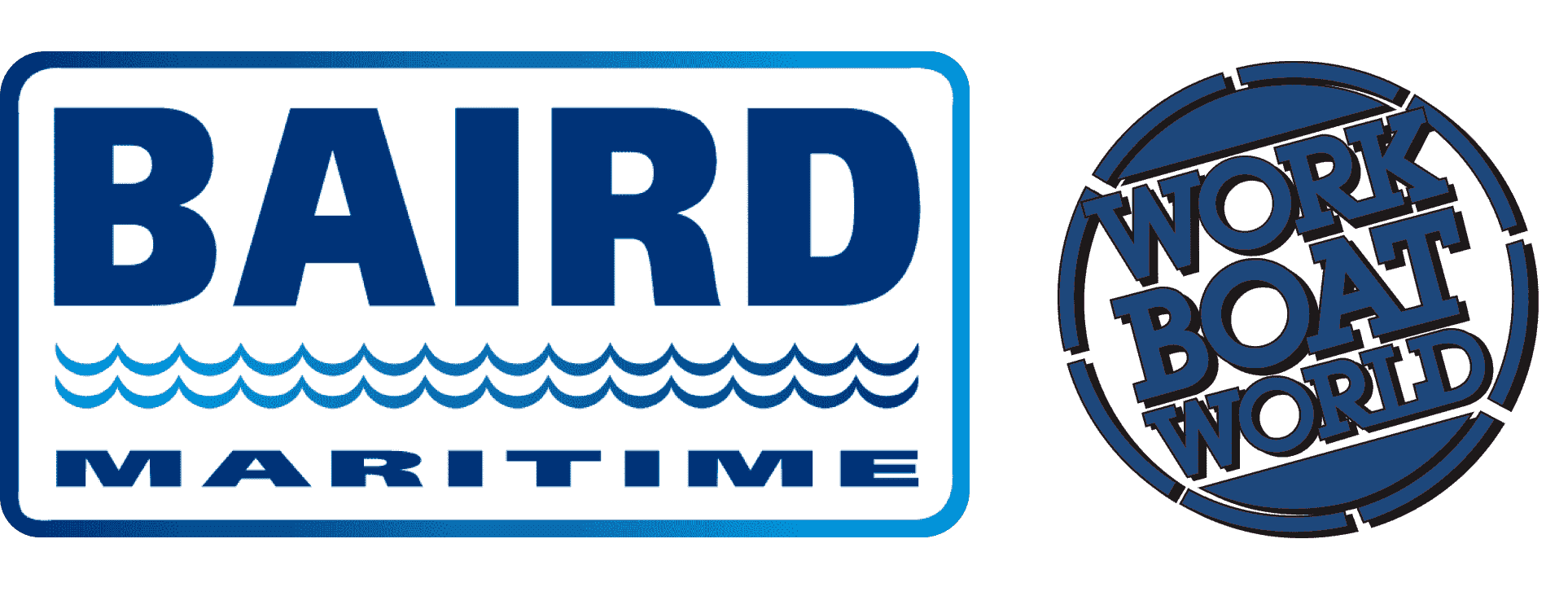VESSEL REVIEW | USNS Navajo & USNS Cherokee Nation – US Navy to place new towing and salvage ship class into service
The US Navy will soon introduce a new class of purpose-built, towing, salvage and rescue ships (T-ATS) into service.
USNS Navajo and USNS Cherokee Nation are among the first T-ATS to be built under the 12-strong Navajo-class, which have been designed to support the navy's fleet operations. Construction of these two vessels and three other sisters is the responsibility of Bollinger Shipyards in Louisiana while Austal USA in Alabama is building the remaining five vessels.
Taking on the roles of two earlier auxiliary ship classes
The Navajo-class ships are named after prominent Native Americans or Native American tribes and will replace and fulfill the capabilities that were previously provided by the navy’s Powhatan-class fleet ocean tugs (T-ATFs) and Safeguard-class rescue and salvage ships (T-ARS).
Each T-ATS boasts a multi-mission common hull platform capable of open-ocean towing of heavy ships. This also enables each T-ATS to support a variety of other missions such as salvage, oil spill response, humanitarian assistance, search and rescue (including rescue of crews of distressed submarines), and wide-area search and surveillance operations using unmanned underwater vehicles and unmanned aerial vehicles.
The ships can be mobilised rapidly for disaster response and can sail “wherever international law allows,” according to Vice Admiral Craig Clapperton, Commander of the US Navy’s Fleet Cyber Command.
The development of the T-ATS also entailed studying the feasibility of basing the ships’ design on those of vessels used in the offshore industry, such as platform supply vessels (PSVs) and anchor handling tug supply (AHTS) vessels. The final design incorporated the towing capability of an AHTS and the large deck area of a PSV to ensure the ability to perform the stipulated range of designated missions.
Significant onboard space and towing power
The multi-mission hull incorporates a bulbous bow to ensure improved fuel efficiency and seakeeping while the bridge provides 360-degree interior and exterior visibility. A diesel mechanical propulsion plant with shaft generators was selected for its operational flexibility and redundancy.
Each T-ATS has a length of 263 feet (80.2 metres), a beam of 59 feet (18 metres), a draught of 17.7 feet (5.39 metres), a depth of 24.6 feet (7.5 metres), space for 23 crewmembers and up to 42 additional personnel, and 6,000 square feet (600 square metres) of deck space for embarked systems.
The large, unobstructed deck will allow for the embarkation of a variety of mission-specific, stand-alone and interchangeable systems such as modular and containerised payloads.
Power for each T-ATS is provided by two 6,300hp (4,700kW) diesel engines. This arrangement will deliver a speed of just over 15 knots, a bollard pull of over 176 tons (enough to tow a nuclear-powered aircraft carrier, according to the navy’s Support Ships, Boats and Craft Program Office), and a range of approximately 8,170 nautical miles, making the vessels ideal for long-distance towing of navy surface ships needing repair.
A DP2 system is also fitted to aid in submarine rescue missions while a deck crane with a lifting capacity of 40 tons will be used in salvage operations.
As was the case with their T-ATF and T-ARS predecessors, Navajo, Cherokee Nation and their Navajo-class sisters will be operated by the navy's Military Sealift Command.


